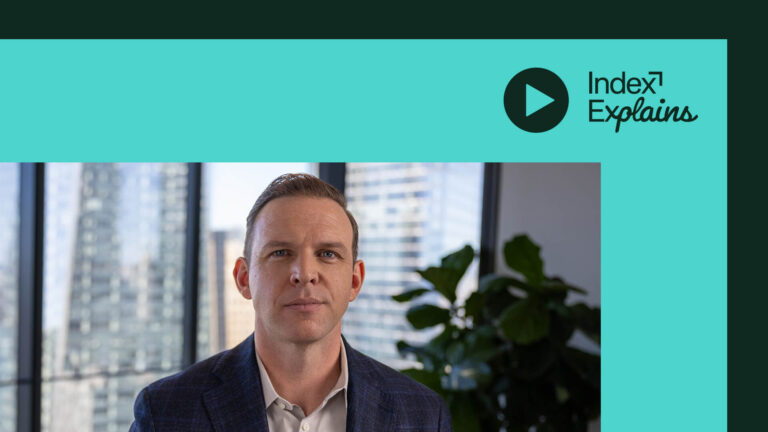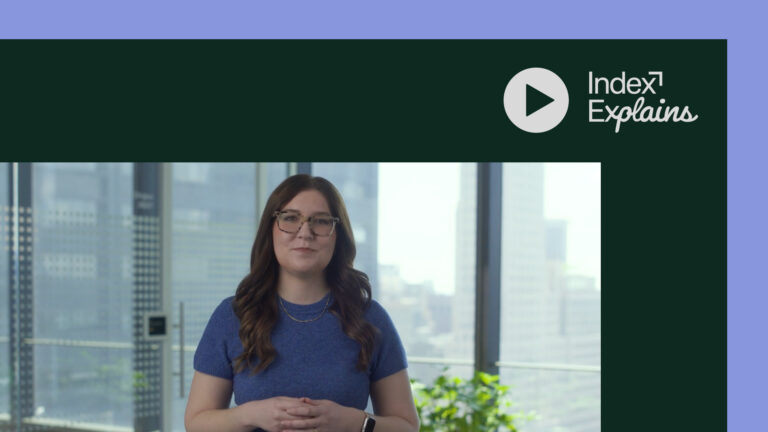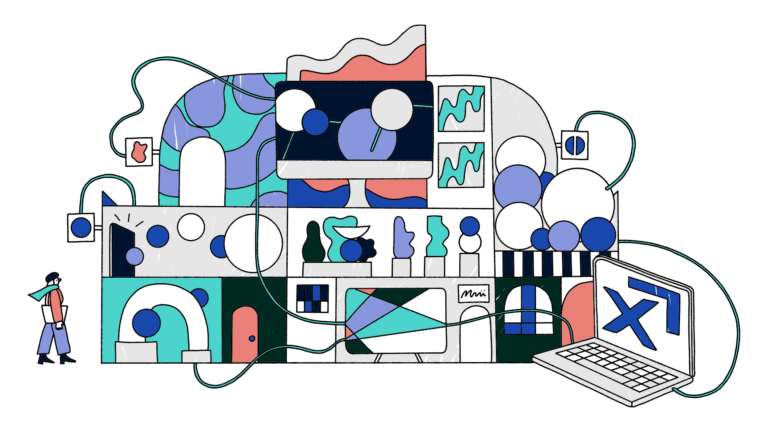What are curated marketplaces?
Curation creates more efficiency for everyone across the ad ecosystem—from media owners to buyers—by reusing existing integrations and infrastructure that, in today’s marketplace, are increasingly commoditized.
What exactly is a curated marketplace? It’s a bespoke marketplace that combines data or unique business value with tailored, premium media inventory.
Curation in advertising isn’t new, but it has evolved over time.
In the early days, ad networks created packages based on content and audiences. As the industry evolved, programmatic buying unlocked data-driven strategies and deals.
Direct sales then migrated to private marketplaces to facilitate closer relationships between buyers and sellers. Over time, deal curation needs increased as the volume of deals and publishers expanded for buyers.
That brings us to today, when curated marketplaces help meet that increased demand with inbuilt infrastructure.
Essentially, curated marketplaces can sit on top of existing programmatic pipes, removing operational burden while adding unique value, boosting efficiency and scale, and maintaining quality. To simplify the workflow for the end buyer or trader, all of the value and complexity of curated marketplaces is encapsulated into a deal ID, which is then signaled to the DSP by the SSP.
Today, we’re seeing a growing variety of curated marketplace categories emerge. These include:
- Data activation platforms, including cookieless solution providers, that can build a media package to reach a specific audience at scale across multiple formats
- Curation experts, who can create a media package of, for example, low-emission, sustainable inventory across channels
- Commerce media networks, that can offer inventory and data based on their customer audience beyond their store website and app, at scale
- Media agencies, creative technologists, publisher audience extension divisions, AI-driven performance algorithm companies, and many others
All these unique businesses can benefit from the operational ease of curation. Curators don’t need to integrate with thousands of different media owners. They don’t need to integrate with different agencies or DSPs.
Instead, curators can take their data or offering and overlay it on premium supply—and it all can translate into a single deal ID. Buyers can then use that deal ID to transact. The inbuilt infrastructure of curated marketplaces removes a considerable operational burden, making it fast and easy to scale.
What value do curated marketplaces bring to the ad ecosystem?
Media owners can expand their partnerships with media buyers and marketers and access more demand without requiring new infrastructure, all the while providing control over ad placements and consumer experiences.
For marketers, more efficient and cost-effective access to direct supply means better targeting and ad relevance. This helps increase campaign performance while ensuring brand safety and transparency.
And importantly, across the industry, curation drives sustainability improvements.
The digital advertising industry accounts for 3.5% of total global emissions. Curated marketplaces offer consolidated paths to supply, which means fewer hops in the supply path and more efficient bidding opportunities.
This helps reduce wasted ad calls, and thus wasted computing power. Rather than continually replumbing programmatic infrastructure, curation leverages existing integrations, and simply routes new transactions through them, which is far less wasteful.
What is the value in activating curated marketplaces from the supply side?
DSPs have QPS caps—or limits on the queries per second they process—which means they filter the available inventory they see from the open web. This is very important as it avoids wasted compute and electricity, which matters more than ever with the pressing sustainability concerns in today’s market.
Meanwhile, SSPs, who sit squarely in the supply chain servicing media owners, tend to see all requests, and are therefore unthrottled. So, for curated marketplaces, activating scarce data on the supply side across all of the open web will result in more matchable audiences. Marketers will therefore find more reach, with greater scale and bigger audiences. And DSPs will be able to maintain strict, sustainable QPS caps.
With the value curated marketplaces create for media owners, buyers, and the entire advertising ecosystem—plus the sustainability benefits they offer—their traction will only grow.
Learn how you can embrace the power of curation and unlock new opportunities with Index Marketplaces.
Thank you to Sarah Botherway, director, marketplace operations, who also contributed to this video.











